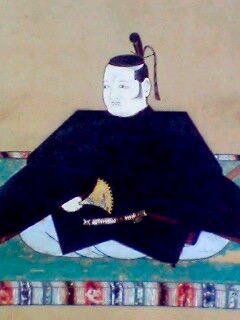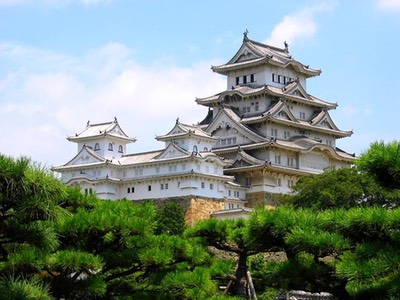In the wake of the summer campaign of Osaka castle Musashi visited Himeji, where he met with Honda Tadamasa. Since the Kuroda had left for Kyushu Himeji castle had become the headquarters of the newly established fief of Himeji. Its first daimyō, Ikeda Terumasa (1565–1613), had taken up residence in the wake of the Battle of Sekigahara. He had been succeeded by his son, Toshitaka (1584–1616). When the latter died his son was still only seven years old, so that the Bakufu decided to demote the Ikeda to the Tottori fief in Kyushu and make Honda Tadamasa the new daimyō of Himeji.
There is good reason to believe that Musashi had already met Tadamasa during the summer campaign of Osaka castle. During the storming of the castle Lord Tadamasa had been in command of the second eastern phalanx, immediately behind the troops of Mizuno Katsunari. At that time Tadamasa’s headquarters had still been at Kuwana castle, on the Bay of Ise. With Tadamasa’s new appointment, Musashi found the opportunity to settle in the province where his mother was still living and to provide a future for his adoptive son, Mikinosuke (see Musashi’s Children).
It was almost certainly with Tadamasa’s consent that Musashi’s son entered the service of Tadamasa’s son, Tadatoki, who at the time was still only twenty-one years old. Tadamasa, after all, had known Mikinosuke’s natural father, Nakagawa Shimanosuke, whose castle of Nakagawabara was situated only a few miles down the coast from his former headquarters at Kuwana. Given his young age, Tadatoki had been put in control of the Nitta han, another fiefdom in Harima of some ten thousand koku in size, although it had no castle and Tadatoki probably resided at Himeji castle.
Sadly, Tadatoki passed away In the summer of 1626. It was common practice in those days to immolate oneself on the death of one’s lord, a practiced called junshi. As tradition required, Mikinosuke did so in front of his master's grave on the sixth day following the latter's demise. He was only twenty-three years old. Had the incident happened half a century later, Kiminosuke would have been barred from following his master in death, for in 1663 the Edo Bakufu prohibited the practice by military decree.
It seems that Mikinosuke’s adoptive father was not present at the heartrending ceremony, for the Bushū denraiki claims that Musashi was at Osaka at the time. In fact, while Musashi would have spent considerable time in Harima, it is not clear where exactly he stayed, as it is not clear either where his son’s master resided.
Any queries of remarks? Launch or join a discussion at our new FORUM

